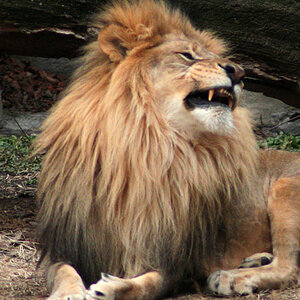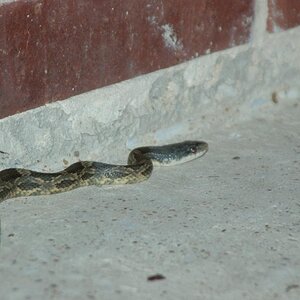SC
TPF Noob!
Is there any significant difference in quality between brands of filters. I have noticed a considerable range in prices from one brand to the other. Hoya even has several different quality and price filter lines. Is this you get what you pay for, or are you paying for the name.
Also I will soon take a trip to the mountains, hoping to get some shots of the leaves changing, and some wildlife. I understand that haze filters are needed for higher altitudes, and have seen some warming filters used for landscape photography. Any advice for filters in this situation?
Thanks,
SC
Also I will soon take a trip to the mountains, hoping to get some shots of the leaves changing, and some wildlife. I understand that haze filters are needed for higher altitudes, and have seen some warming filters used for landscape photography. Any advice for filters in this situation?
Thanks,
SC



![[No title]](/data/xfmg/thumbnail/42/42397-30faa170de7ed9be38adf00b9b26a220.jpg?1619740167)

![[No title]](/data/xfmg/thumbnail/34/34119-711b53445c011079fb89b6f42682ed00.jpg?1619736289)

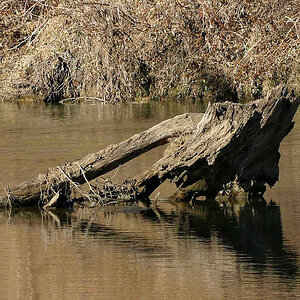
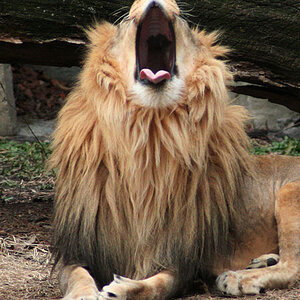
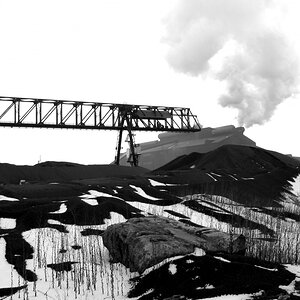
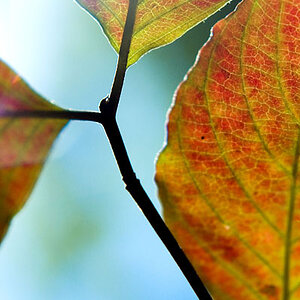
![[No title]](/data/xfmg/thumbnail/34/34117-1b7262554b31c443fa8f93830807c578.jpg?1619736287)
